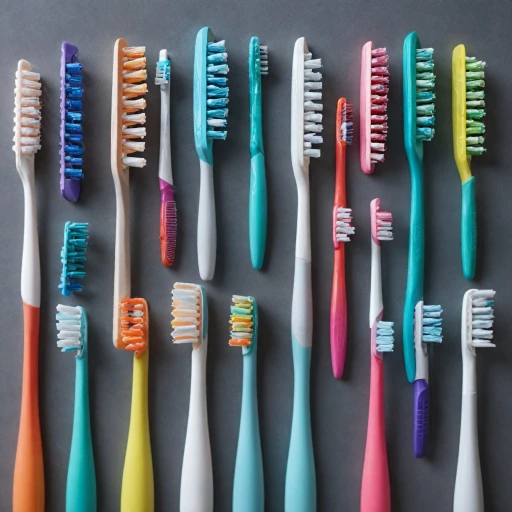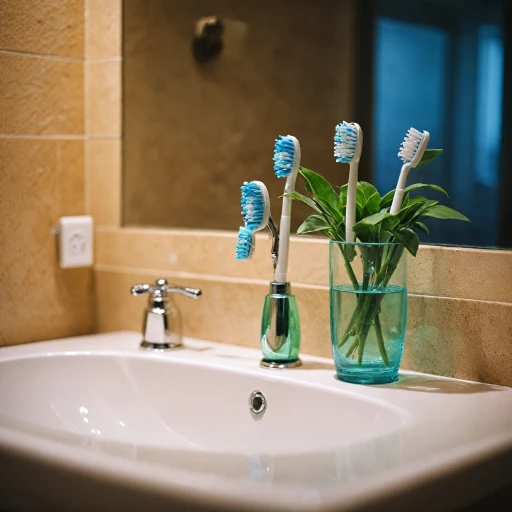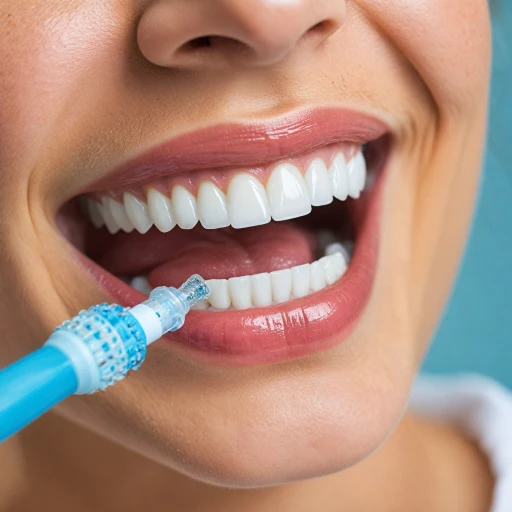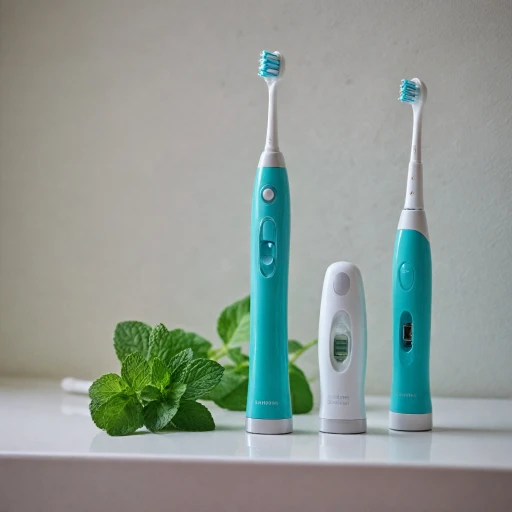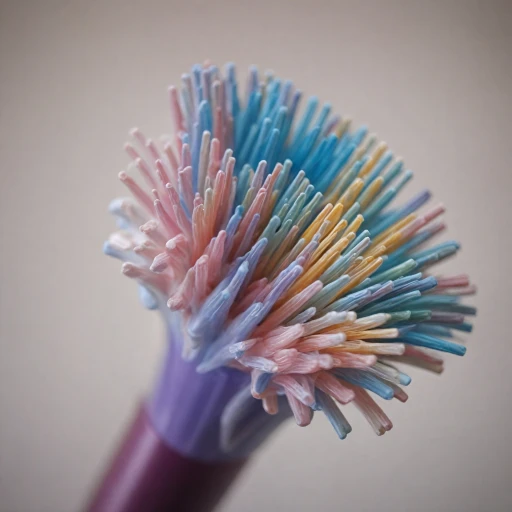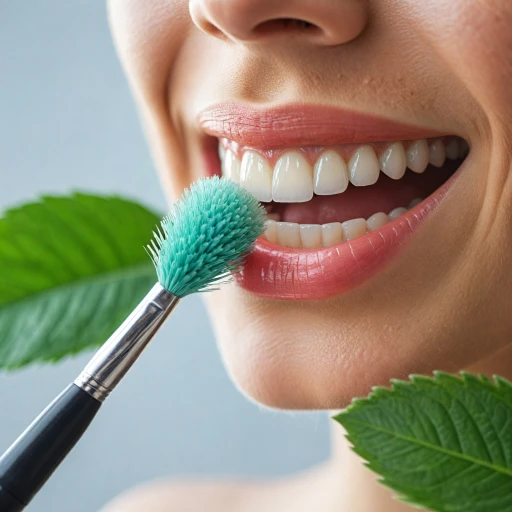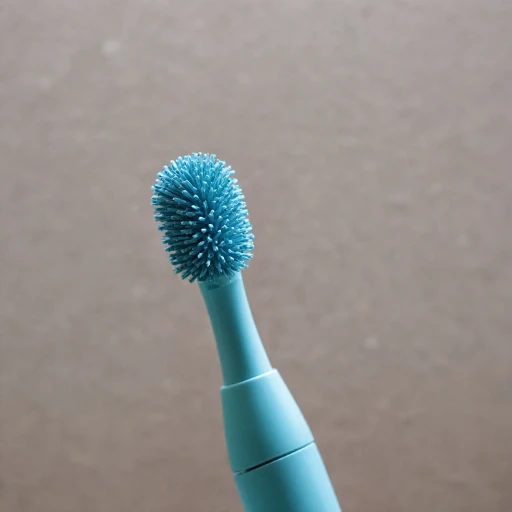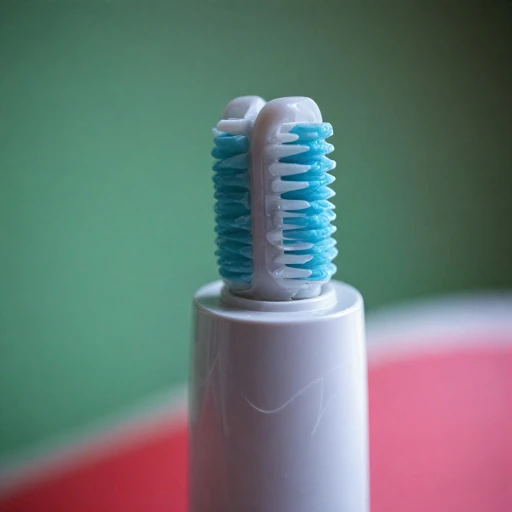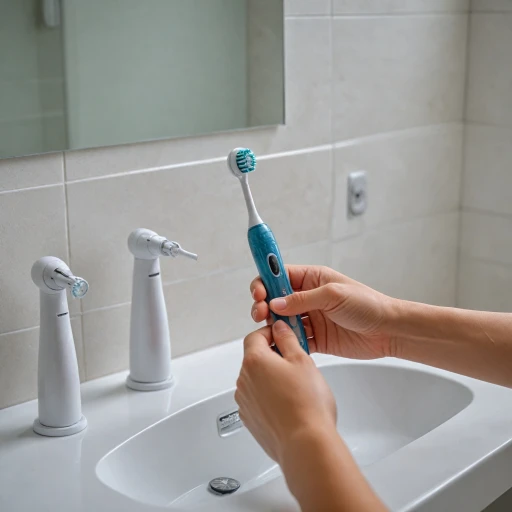
Understanding Electric Toothbrushes
Unveiling the Functionality of Electric Toothbrushes
Electric toothbrushes have revolutionized the way we approach oral hygiene, offering newfound efficiency and efficacy in maintaining clean teeth. Unlike manual toothbrushes, these power-driven devices operate using advanced technology designed to enhance the brushing experience and ultimately improve dental health. The standout feature of electric toothbrushes is their ability to provide thousands of oscillations or rotations per minute. This high-speed movement helps in dislodging plaque bacteria and food particles from the teeth and gum line. Among the various types, the sonic toothbrush is particularly praised for its ability to create fluid dynamics that drive fluids into the hard-to-reach areas of the mouth.Why Go Electric? Key Benefits
- Enhanced Cleaning Power: With powerful brush heads that oscillate, rotate, or pulsate, electric toothbrushes are effective in removing plaque, which traditional manual brushing may miss.
- Ease of Use: Perfect for both adults and children, electric toothbrushes simplify the brushing technique, making it easier to maintain thorough oral care routines even for those with limited dexterity.
- Built-in Timers: Many models come equipped with timers to ensure users are brushing for the recommended two minutes, enhancing the overall brushing effectiveness.
- Variety and Customization: Some advanced models allow for brush adjustments, catering to those with sensitive gums and different dental needs.
Electric vs. Manual: A Closer Look
While traditional toothbrushes rely on the user’s manual strokes, electric counterparts offer automated solutions. Such a feature becomes particularly relevant for individuals with unique oral health needs or those who struggle with manual dexterity. The results can be a noticeable improvement in dental cleaning and gum health. It’s important to compare toothbrushes effectively to understand which product best suits individual oral care needs. For a deeper understanding of integrating tools like electric toothbrushes with interdental brushes and for more nuanced details, you might find this resource particularly insightful. Enhancing Oral Hygiene with Interproximal Brushes In the following sections, we'll delve into how water flossers complement the use of electric toothbrushes, making them an effective team for optimal dental care.The Role of Water Flossers in Oral Health
The Importance of Water Flossing for Dental Care
Water flossers play an increasingly important role in our comprehensive oral hygiene regimen. These tools, often used in tandem with an electric toothbrush, provide a dynamic solution for maintaining gum health and overall dental wellness. Designed to utilize targeted streams of water, they navigate around the teeth and gums to dislodge debris and eradicate plaque effectively.
Unlike traditional floss, water flossers can be particularly beneficial for individuals with sensitive gums or dental work, such as bridges and braces. They offer a gentle yet thorough clean that is difficult to achieve with manual flossing alone. In fact, integrating a water flosser into your routine helps combat the bacteria that causes gum disease, thereby enhancing your oral health management.
Several product options exist, ranging from cordless units to comprehensive systems with expanded water tanks. When selecting a water flosser, it's important to consider factors such as portability, pressure settings, and reservoir size to find a model that suits your lifestyle and needs.
For those seeking to maximize their oral care routine, exploring tools like interproximal brushes can further enhance the reach of both the electric toothbrush and the water flosser. These complementary tools provide an additional level of cleaning, particularly in challenging inter-dental spaces.
Incorporating a water flosser into daily dental care transcends the capabilities of manual brushes and flossing. The combination of sonic vibration with water pressure offers an unparalleled cleansing experience, promoting healthy teeth and gums over time.
Comparing Electric Toothbrushes and Manual Toothbrushes
Advantages of Electric Toothbrushes Over Manual Options
When it comes to maintaining optimal oral hygiene, electric toothbrushes offer several benefits that often surpass those of traditional manual toothbrushes. The efficiency and precision of electric toothbrushes, especially those with sonic technology, play a significant role in improving oral health. Here's a closer look at why many dental professionals recommend this advanced tool for daily cleaning:
- Effective Plaque Removal: Electric toothbrushes, especially the sonic variants, are known for their ability to remove more plaque compared to manual brushing. The rapid brush head movements ensure thorough cleaning around each tooth, reducing the chances of plaque buildup and resulting in healthier gums.
- Improved Brushing Technique: Many people struggle with maintaining the correct brushing technique with a manual toothbrush. An electric toothbrush, however, does a lot of the work for you with features such as a timer and pressure sensor to ensure you brush for the recommended duration without damaging sensitive gums.
- Convenience and Ease of Use: The ergonomic design of electric toothbrushes, along with features like different cleaning modes and a rechargeable battery, make them convenient for users of all ages, including those with limited mobility.
- Better Access to Difficult Areas: With an electric toothbrush, it's easier to clean areas that are hard to reach with a manual brush, ensuring that the entire mouth, including the back teeth and gum line, receives adequate attention.
In today's busy lifestyle, integrating an electric toothbrush into your oral care routine offers simplicity without compromising on cleaning performance. However, for comprehensive oral hygiene, pairing your electric toothbrush with a water flosser can make a significant difference. Water flossers, known for their ability to reach gaps that a toothbrush might miss, complement the function of electric toothbrushes by effectively dislodging food particles and reducing plaque bacteria accumulation.
While manual toothbrushes have their place, particularly in terms of cost-effectiveness and availability, the superior cleaning capability of electric toothbrushes makes them a preferred choice for individuals seeking to enhance their oral care routine. To understand more about choosing the right products for your dental needs, consider researching further on the variety and technological advancements available in electric toothbrushes today.
Choosing the Right Electric Toothbrush and Water Flosser
Key Factors to Consider When Selecting Your Oral Care Products
When it comes to choosing the right electric toothbrush and water flosser for your oral care routine, there are several important factors to consider. These can significantly impact your dental hygiene and the overall health of your gums and teeth. Exploring these elements will help you make an informed decision that best suits your needs.
Consider Your Specific Oral Health Needs
- Sensitivity Issues: If you have sensitive gums, a sonic toothbrush with multiple brushing modes, including a gentle option, can be beneficial.
- Plaque Removal: Compare products designed for removing plaque bacteria effectively, such as those with high-speed oscillating-rotating technology.
- Gum Health: A flosser electric with a pulse setting can massage your gums and improve your overall gum health.
Evaluate Different Product Features
While shopping for an electric toothbrush or water flosser, review the features of various models. Here are some details to look for:
- Type of Brush Head: Opt for suitable brush heads that cater to your dental care, like those specialized for plaque removal or sensitive teeth.
- Water Tank Capacity: If opting for a water flosser, the capacity of the water tank matters, especially for extensive water flossing sessions.
- Cordless vs. Corded: Consider whether a cordless toothbrush or flosser would work better for your lifestyle, providing freedom and ease of use.
Balancing Usability and Effectiveness
Ease of use plays a crucial role in adhering to an oral care routine. Ensure the devices chosen are user-friendly and seamlessly integrate into your brushing and flossing habits.
- Brush Timer: Many electric toothbrushes come with a built-in timer to encourage sufficient brushing time.
- Water Pressure Settings: Adjustable pressure is key in a water flosser to avoid discomfort, especially for sensitive gums.
By thoroughly examining these aspects, you can confidently select the most suitable electric toothbrush and water flosser to enhance your oral hygiene, ensuring cleaner teeth and promoting optimal dental health.
Integrating Both Tools into Your Daily Routine
Integrating Electric Tools into Your Oral Care Routine
Using an electric toothbrush and water flosser can significantly enhance your oral hygiene routine, ensuring thorough cleaning and improved gum health. Here’s how you can make these tools a part of your daily dental care:- Time and Timing: Starting with the sonic toothbrush, make sure you brush your teeth for at least two minutes, twice a day. Many electric toothbrushes have built-in timers to help you achieve this goal. After brushing, use the water flosser to remove any lingering plaque and bacteria between your teeth and along the gum line. Manual brushing may miss these areas, making a water flosser a great addition for optimal oral health.
- Technique Matters: Pay attention to your brushing technique. Hold the brush at a 45-degree angle toward your gum line and move it back and forth in gentle, tooth-wide strokes. For water flossing, gradually work your way along the gum line and between each tooth, ensuring you cover all areas. Adjust the water pressure if you have sensitive gums.
- Consistency is Key: Establishing a routine is crucial. Try to floss and brush at the same times each day to form a habit. Electric toothbrushes make it easier by offering convenience and efficiency, while water flossers provide a more thorough cleaning experience compared to traditional floss.
- Storage and Maintenance: Keep your electric toothbrush and water flosser in a clean, dry place. Ensure the water tank is emptied and rinsed regularly to prevent the buildup of bacteria. Replace the brush head every three months or when the bristles appear splayed. For water flossers, regularly check for any signs of wear, particularly in the nozzle.
Addressing Common Concerns and Misconceptions
Dispelling Myths and Addressing Concerns
Switching to electric toothbrushes and water flossers can come with some concerns and misconceptions that need clarification to aid in better oral care decision-making.- Sensitivity Concerns: Many people worry about how these devices might affect sensitive gums or teeth. However, modern electric toothbrushes, including sonic toothbrushes, offer modes that are specifically designed for gentle care. Water flossers also provide variable pressure settings, allowing you to customize the intensity according to your comfort level.
- Battery Life and Portability: The cordless nature of today's oral care products ensures that they are easy to use and travel-friendly. Most electric toothbrushes and water flossers have efficient battery systems that last for several uses between charges, eliminating the hassle of frequent recharging.
- Effectiveness Compared to Traditional Methods: Some might question whether these advanced devices offer a real advantage over manual brushing and traditional flossing. Studies have shown that electric toothbrushes provide superior plaque removal due to their oscillating and sonic movements. Water flossing has been increasingly recognized for its ability to reach areas a traditional toothbrush or floss might miss.
- Care and Maintenance: Concerns about maintaining these tools are common. Proper care mainly involves regular cleaning of the brush heads and water tanks. Following manufacturer guidelines ensures longevity and optimal performance, which contributes to effective dental cleaning routines.

